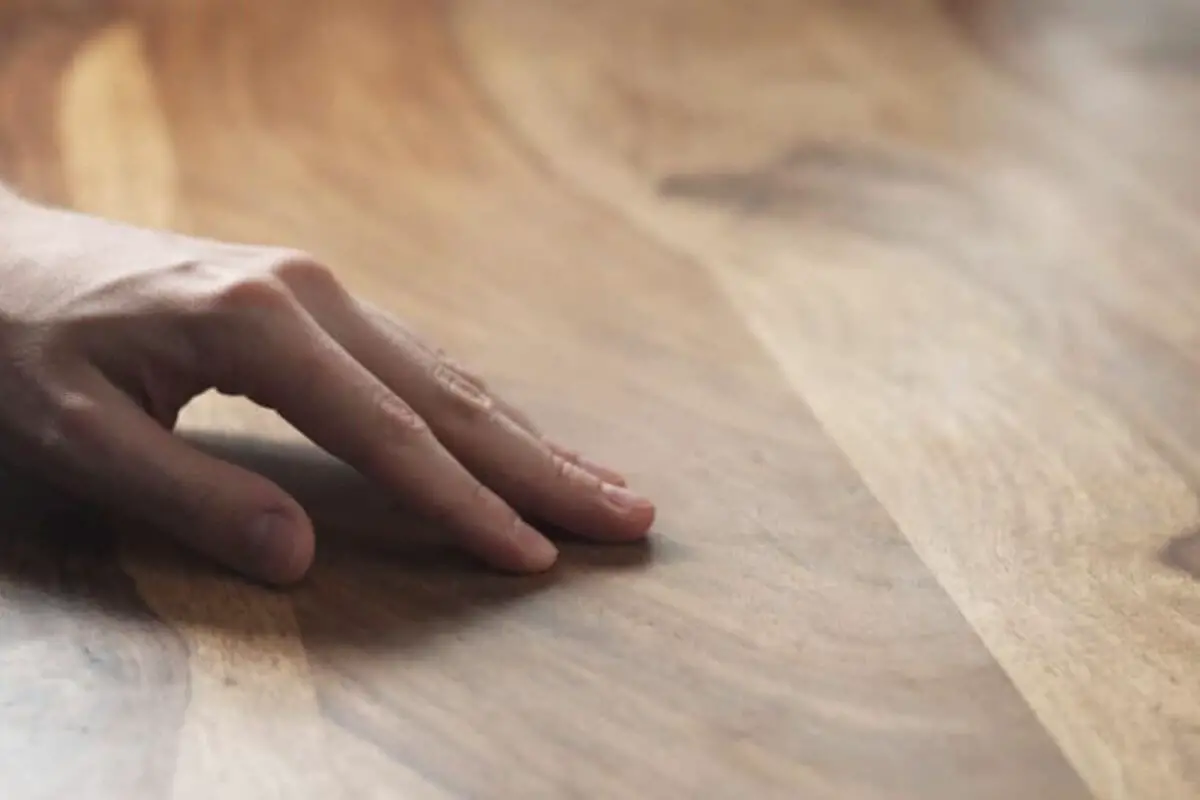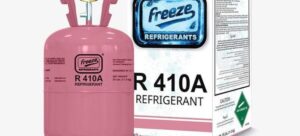Woodwork enthusiasts and professionals alike often find themselves faced with a crucial decision: whether to use amber or clear shellac as a finish for their projects. While both amber and clear shellac offer protection and enhance the natural beauty of wood, they do so in slightly different ways. In this article, we’ll dive into the characteristics of both types of shellac, their applications, and the factors to consider when making your choice.
Introduction
When it comes to finishing wood, shellac has been a popular choice for centuries due to its ease of application, quick drying time, and beautiful results. However, there are two primary types of shellac that woodworkers often debate over: amber shellac and clear shellac.
Understanding Shellac
Shellac is a natural resin derived from the secretions of the lac insect. It is processed into flakes, which are then dissolved in alcohol to create a finish. Shellac is appreciated for its ability to create a protective layer on wood surfaces while allowing the wood’s natural grain to shine through.
Amber Shellac: Warmth and Character
Amber shellac, as the name suggests, imparts a warm, amber hue to the wood it is applied to. This can add a sense of depth and character to the wood, making it a popular choice for antique restoration projects or pieces that require a traditional, aged appearance.
Clear Shellac: Simplicity and Versatility
Clear shellac, on the other hand, remains colorless and imparts minimal change to the wood’s natural color. This makes it an ideal option when you want to preserve the wood’s original shade and maintain a more contemporary look.

Comparing Appearance
The choice between amber and clear shellac often boils down to personal preference and the desired aesthetic. Amber shellac brings warmth and a touch of nostalgia, while clear shellac offers a timeless and neutral appearance.
Application Techniques
Both types of shellac can be applied using similar techniques. They can be brushed, padded, or sprayed onto the wood surface. The application method can influence the final outcome, so it’s essential to choose a technique that suits your project.
Durability and Protection
Shellac offers decent protection against moisture, mild chemicals, and general wear. However, it may not be as durable as some other modern finishes like polyurethane. Regular maintenance and reapplication may be necessary, especially in high-use areas.
Factors Influencing Choice
Several factors can influence your choice between amber and clear shellac. These include the wood species you’re working with, the overall design of your project, the desired level of sheen, and the ambiance you wish to create.
Considerations for Different Woods
Certain wood types react differently to shellac finishes. Some woods might exhibit enhanced beauty with amber shellac, while others might look best with clear shellac. It’s essential to test the finish on a scrap piece of the same wood before applying it to your project.
Combining Shellac with Other Finishes
Shellac can be used as a standalone finish or in combination with other finishes like wax or oil. Combining finishes can offer unique results, adding depth and protection to the wood surface.
Tips for Applying Shellac
- Surface Preparation: Ensure the wood surface is clean, smooth, and free from dust or debris before applying shellac.
- Thinning: Shellac can be thinned with alcohol to achieve the desired consistency for application.
- Thin Coats: It’s better to apply multiple thin coats of shellac rather than one thick coat for a smoother finish.
- Sanding Between Coats: Lightly sanding the surface between coats can help achieve a glass-like finish.
Maintenance and Refinishing
Over time, shellac may develop scratches or wear. Fortunately, shellac is relatively easy to repair. Lightly sand the affected area and apply a new coat of shellac for a refreshed look.
Eco-Friendliness
Shellac is a renewable and environmentally friendly finish. It is a natural product with low VOC emissions, making it a popular choice among those who prioritize eco-conscious woodworking.
Cost Comparison
In terms of cost, shellac is generally more affordable compared to some other high-end finishes. This makes it an attractive option for both beginners and experienced woodworkers.
Conclusion
In the debate of amber vs. clear shellac, there’s no definitive winner. Your choice depends on the specific project, the ambiance you want to create, and your personal preferences. Both amber and clear shellac offer unique qualities that can enhance the beauty of wood in their own ways.
FAQs (Frequently Asked Questions)
Can I apply shellac over an existing finish?
Yes, you can apply shellac over some finishes, but proper surface preparation is essential for good adhesion.
Is shellac waterproof?
While shellac provides a degree of moisture resistance, it’s not completely waterproof. Avoid exposing shellac-finished surfaces to excessive moisture.
Does shellac have an odor?
Yes, shellac has a distinctive odor, which usually dissipates as the finish cures.
Can I mix amber and clear shellac?
Yes, you can mix amber and clear shellac to achieve a custom color. However, it’s recommended to do a small test before applying the mix to your project.
How often should I reapply shellac?
The frequency of reapplication depends on factors like usage and exposure. In high-use areas, you might need to reapply shellac every few years for optimal protection and appearance.



